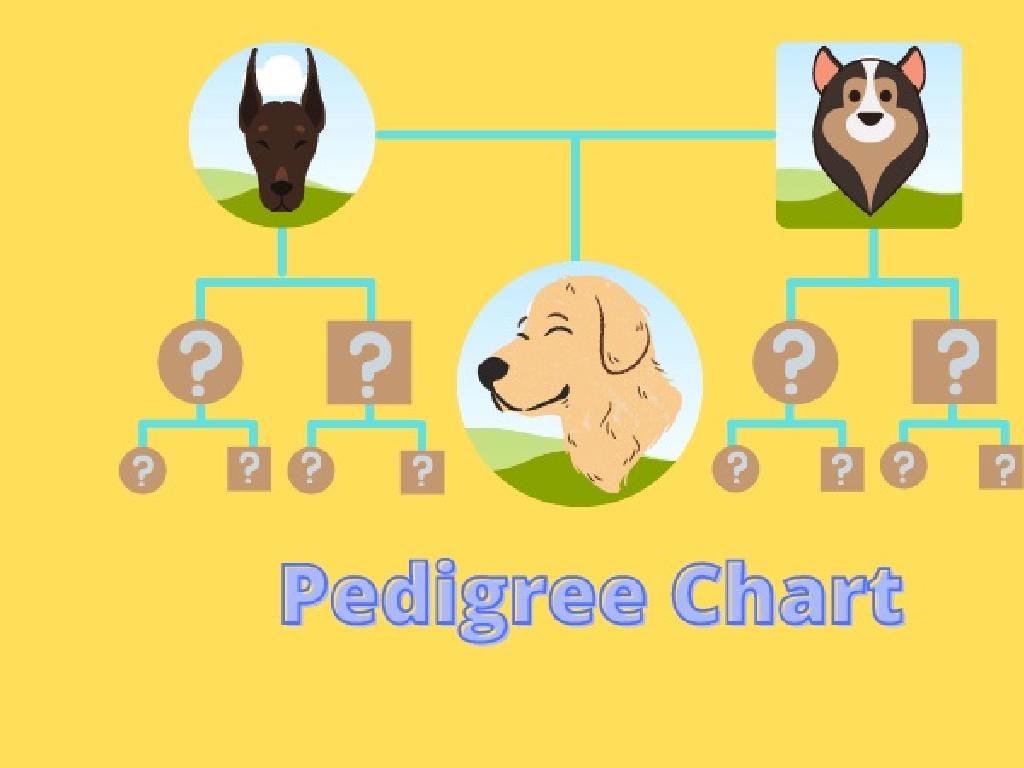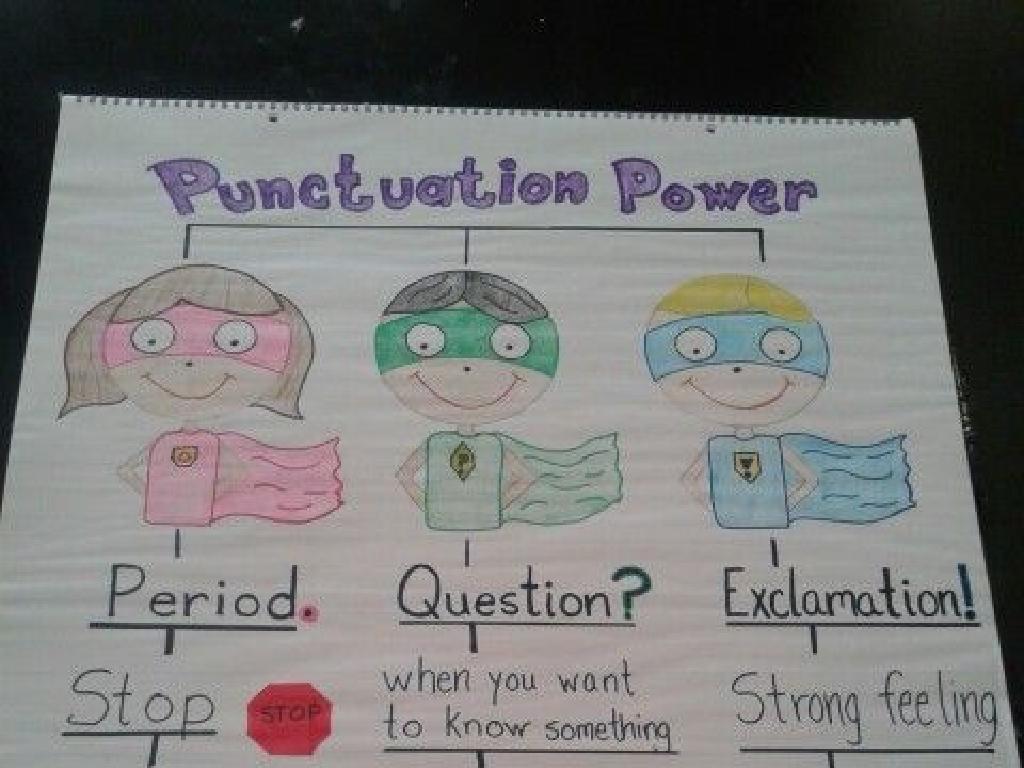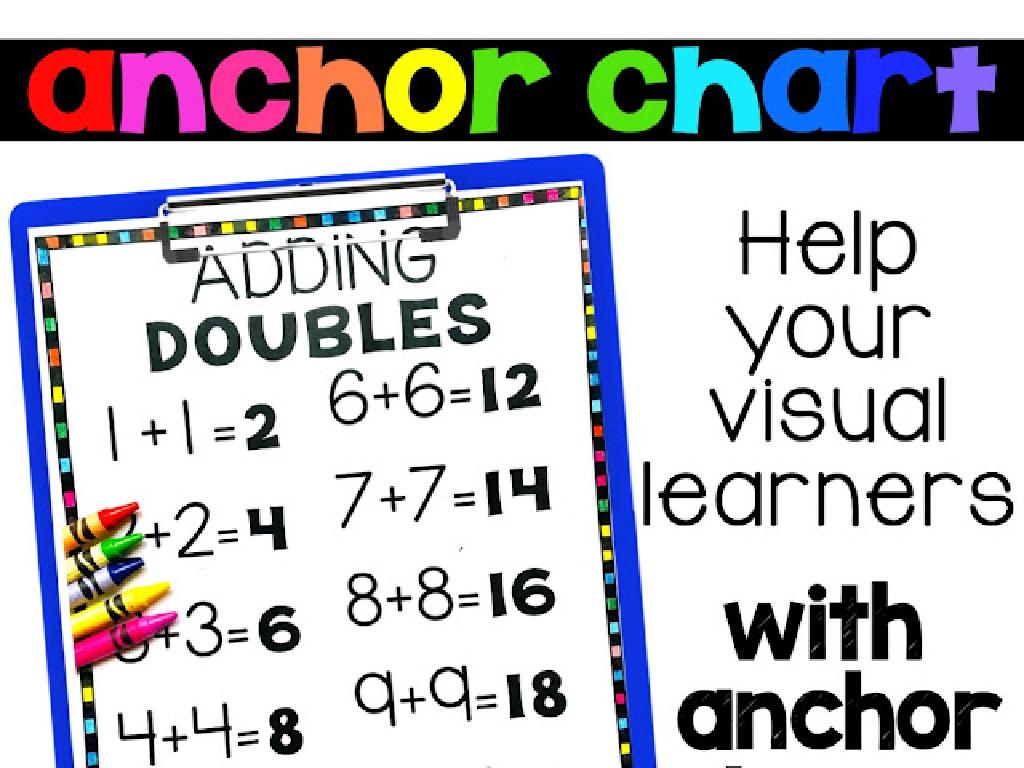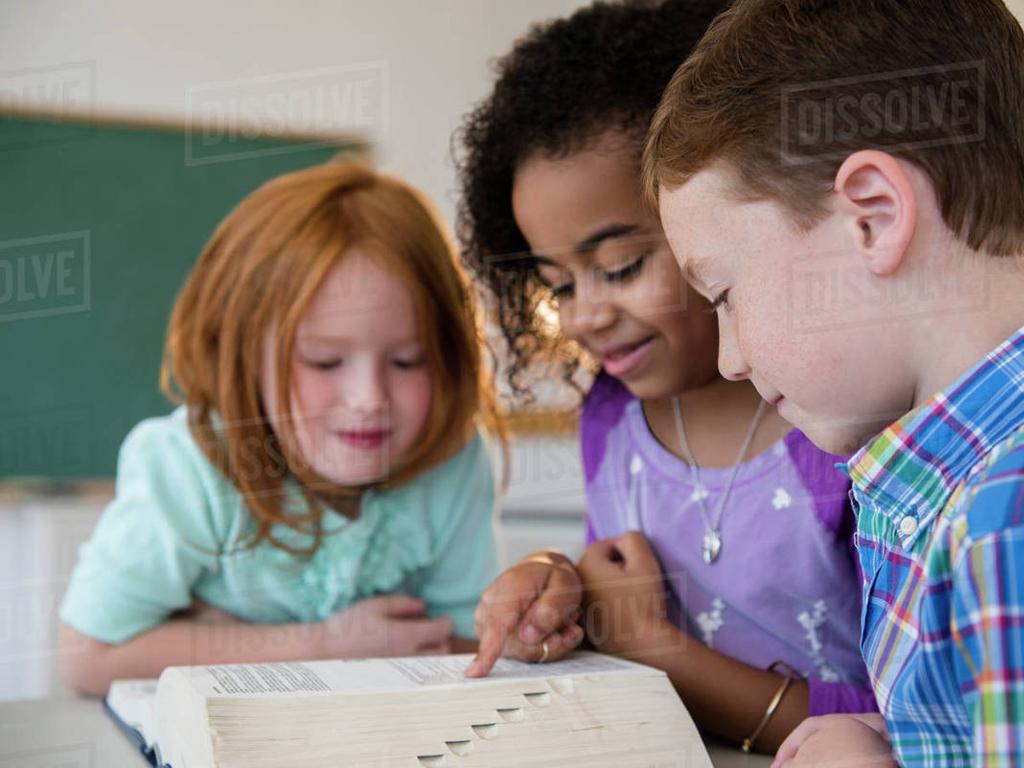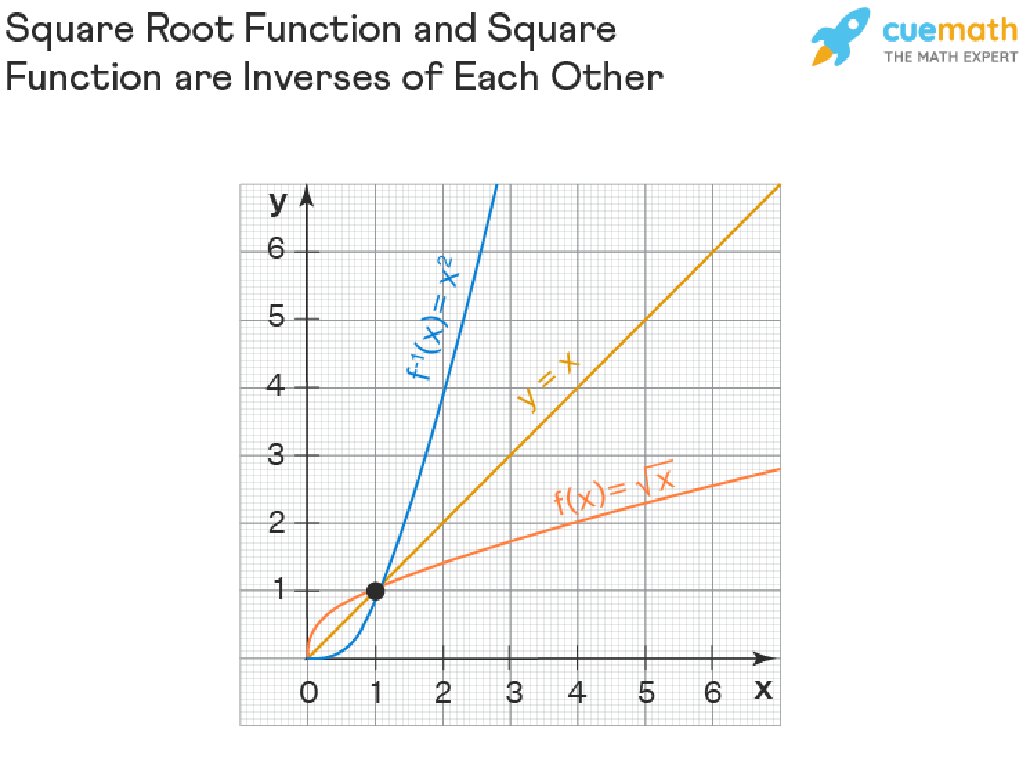Read Historical Fiction With Illustrations
Subject: Language arts
Grade: Fifth grade
Topic: Literary Texts: Level 1
Please LOG IN to download the presentation. Access is available to registered users only.
View More Content
Welcome to Historical Fiction!
– Understanding Historical Fiction
– A genre where stories are set in the past, with attention to historical detail.
– Stories as windows to the past
– Historical fiction allows us to experience different times and events through characters’ lives.
– Significance of illustrations
– Illustrations enhance the story, providing visual context and aiding comprehension.
– Combining text and imagery
– Illustrations complement the text, making the historical setting more vivid and engaging.
|
This slide introduces students to the genre of historical fiction, emphasizing its role in making history accessible and engaging through narrative. It’s important to explain that historical fiction is based on careful research to accurately represent the past. Illustrations in these books play a crucial role by offering visual cues that support the text and help readers immerse themselves in the historical context. Encourage students to think about how pictures help them understand the story and connect with the characters. Discuss how illustrations can influence their emotions and enhance their learning experience. This discussion sets the stage for deeper exploration of historical fiction texts and their illustrations.
Exploring Historical Fiction
– What is historical fiction?
– A genre where story is set in the past, mixing truth and creativity.
– Setting: Time and place in history
– The backdrop is a real historical era or event.
– Characters: Real and imagined
– Includes actual historical personalities alongside made-up characters.
– Blending fact with fiction
– Writers weave authentic historical details into the plot for realism.
|
This slide introduces students to the genre of historical fiction, which combines actual historical facts with imaginative storytelling. Emphasize that the setting is a true period in the past, which provides a realistic backdrop for the story. Characters can include real historical figures as well as fictional ones created by the author. The blend of fact and fiction should be seamless, allowing readers to learn about history in an engaging and relatable way. Encourage students to think about how the illustrations in historical fiction books can provide visual context and enhance their understanding of the time period.
The Value of Reading Historical Fiction
– Connect personally with history
– Imagine living in the past through stories
– Grasp the context of past events
– Learn why historical events happened
– Foster empathy for historical figures
– Feel the emotions of characters from different eras
– Enhance learning with illustrations
|
This slide aims to explain why historical fiction is an important genre for students to explore. It allows them to connect with history on a personal level by experiencing it through the eyes of relatable characters. Understanding the context of past events helps students grasp the ‘why’ behind history, not just the ‘what’. Developing empathy is crucial as it enables students to understand and feel the emotions of people from different times, fostering a deeper connection to history. Illustrations in historical fiction can further enhance this learning experience by providing visual context and bringing the stories to life. Encourage students to think about how the characters’ experiences might relate to their own lives and the world today.
The Power of Illustrations in Historical Fiction
– Illustrations bring stories to life
– Pictures can show emotions and actions that words alone might not fully convey.
– Visualize settings and characters
– See how characters dress and where they lived during that time.
– Simplify complex historical details
– Drawings can make it easier to understand events or inventions from history.
– Enhance engagement with the story
|
This slide aims to highlight the importance of illustrations in historical fiction books for fifth graders. Illustrations serve as a visual aid to complement the text, making the story more vivid and engaging. They help students to imagine the setting and characters, which is particularly useful when dealing with historical periods they are unfamiliar with. Additionally, illustrations can demystify complex historical events or details, making them more accessible to young readers. Encourage students to pay close attention to the illustrations as they read, and think about how they add depth to their understanding of the story. Discuss how certain images made them feel and if it changed their perception of the text.
Analyzing Illustrations in Historical Fiction
– Discover stories within pictures
– Pictures can show emotions, settings, and actions.
– Illustrations: A glimpse into history
– Artwork can reflect clothing, architecture, and daily life of a time period.
– How pictures complement the story
– Pictures can highlight important events or characters in the story.
– Interpreting visuals with text
– Think about how the images help explain or enhance the story.
|
This slide aims to teach students how to analyze illustrations in historical fiction books. Encourage them to look beyond the surface and understand that illustrations do more than just decorate the page; they provide insights into the story’s setting, characters, and events. Discuss how artwork can serve as a historical document that offers a visual representation of a particular era. Illustrations can also reinforce the text by giving visual cues about the plot or by depicting specific scenes, thereby supporting reading comprehension. Have students practice by picking out key illustrations from a historical fiction book and explaining what they learned about the story from those images.
Exploring ‘The Matchbox Diary’
– Overview of ‘The Matchbox Diary’
– A story about family history and immigration.
– Analyze the story’s illustrations
– How do pictures help tell the story?
– Link pictures to historical events
– Pictures can show us historical moments.
– Understand immigration through art
– Art reflects the journey of moving to a new place.
|
This slide introduces ‘The Matchbox Diary’, a historical fiction book that gives insight into immigration and family history. Students will analyze how illustrations contribute to storytelling and enhance their understanding of the narrative. They will learn to connect the visual elements with historical events depicted in the story, gaining a deeper appreciation of the immigrant experience. Encourage students to think critically about the role of art in historical context and discuss how illustrations can convey emotions and narratives without words. This activity will help students develop visual literacy skills and empathize with the characters’ journeys.
Class Activity: Create Your Illustrated Scene
– Select a moment from historical fiction
– Draw the scene
– Capture the characters, setting, and action
– Write a paragraph about your drawing
– Describe what’s happening and why it’s important
– Share your work with the class
|
This activity is designed to combine students’ reading comprehension with their creativity. By choosing a moment from a historical fiction book, they will think critically about the story’s events. The drawing should focus on key details such as characters, setting, and action to bring the scene to life. When writing the paragraph, students should explain the significance of the scene and how their illustration represents it. Encourage students to use descriptive language and details from the text. Possible variations of the activity could include group work to create a series of connected scenes, using digital tools for illustration, or presenting their work in a gallery walk format.
Sharing Our Historical Fiction Discoveries
– Present your illustrated paragraph
– Discuss historical fiction insights
– What elements make it ‘historical fiction’?
– Connect illustrations with the story
– How do pictures help explain the time period or mood?
– Reflect on the learning experience
|
This slide is for a class activity where students will share their work on historical fiction with illustrations. Each student will present their own paragraph and accompanying illustration, explaining how the artwork complements the text. The class will discuss the key characteristics of historical fiction, such as the setting in a past era and fictional characters that may experience real historical events. Students should explore how illustrations enhance their understanding of the story, providing visual context and emotional depth. The teacher should facilitate a discussion on the importance of visual elements in storytelling and encourage students to reflect on what they’ve learned about interpreting historical fiction through this exercise.
Wrapping Up: The Journey Through Historical Fiction
– Recap historical fiction value
– Understand past events & people’s lives through stories
– Encourage exploring more books
– Find more books with rich history and engaging plots
– Open floor for questions
– Any doubts or curiosities? Now’s the time to ask!
– Reflect on today’s discoveries
– Share what you’ve learned and enjoyed about historical fiction
|
As we conclude today’s lesson, remind students of the unique value historical fiction brings to learning about the past. It’s not just about memorizing dates and facts; it’s about connecting with the characters and experiencing life from a different time period. Encourage students to continue their journey by finding other historical fiction books, perhaps suggesting a reading list. Open the floor for any questions they might have about the lesson, allowing them to clarify their understanding or delve deeper into specific topics. Finally, ask students to reflect on what they’ve learned and enjoyed, reinforcing their appreciation for the genre and its role in understanding history.

